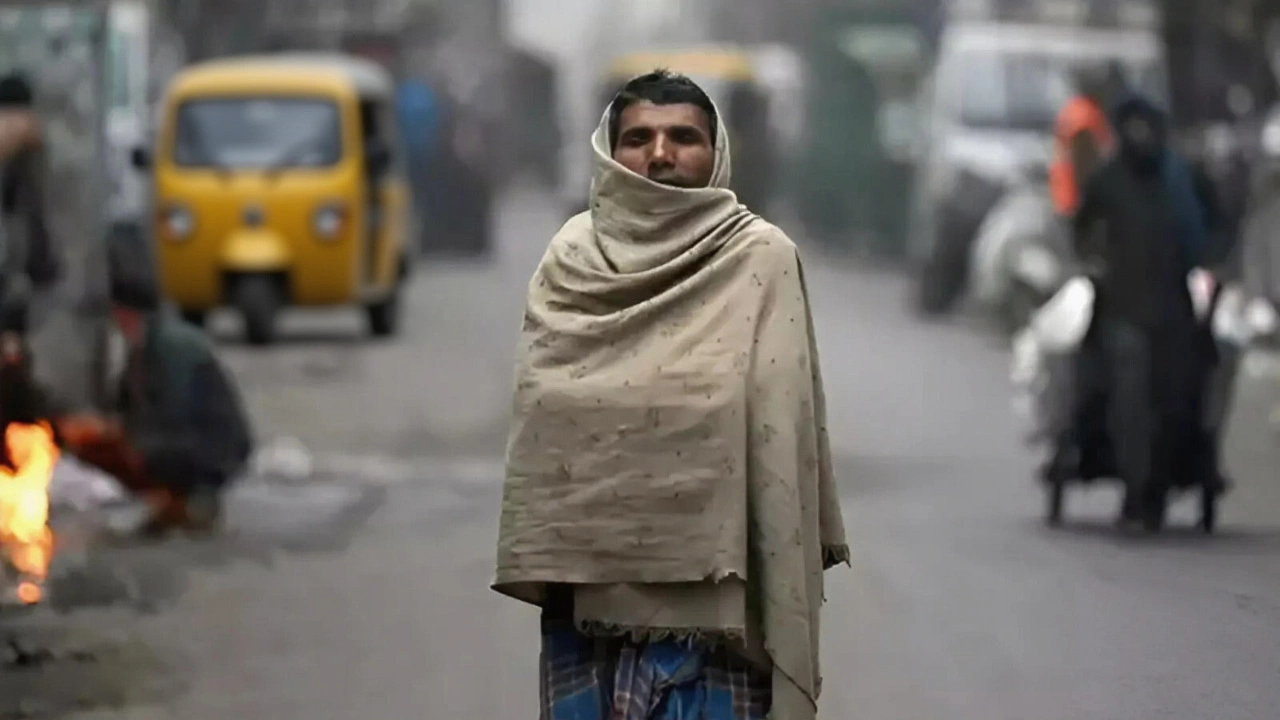On Thursday, October 30, 2025, Lucknow residents woke up to a noticeable shift in the air — cool, damp, and surprisingly calm after days of oppressive heat. A light drizzle, barely enough to dampen sidewalks, combined with northwest winds gusting up to 13 mph, brought the city’s temperature down from 33°C to a more bearable 30°C. It wasn’t a storm. Not even close. But for a city that had baked under 90°F+ heat for over a week, it felt like a gift. The India Meteorological Department confirmed the change, attributing it to a classic post-monsoon transition pattern, one that’s becoming more predictable — and more welcome — as October winds down.
What’s Really Happening in Lucknow’s Atmosphere?
The Regional Meteorological Centre in Lucknow, led by Dr. Rajesh Kumar Sharma, issued a precise forecast: 0.6 mm of rainfall, mostly patchy, with humidity clinging to the air at nearly 90%. The Chaudhary Charan Singh Airport weather station — ICAO code VILK — had already signaled the shift. On October 28, winds of 4.6 mph and mostly cloudy skies at 10,000 feet hinted at moisture moving in. By October 30, that moisture had condensed into a fine mist, enough to cool surfaces but not enough to flood streets. Still, the Lucknow Municipal Corporation took no chances. Mayor Sanyam Lodha ordered sanitation teams to clear drains in low-lying areas like Gomti Nagar and Hazratganj — places that turned into mini-lakes during even minor rains in past years.Why This Rain Feels Unusual
October in Lucknow is supposed to be dry. Historical data from WeatherSpark.com shows the month typically sees just two rainy days out of 31. This year, total rainfall is projected at 37 mm — barely enough to fill a garden watering can. The India Meteorological Department notes that monsoon withdrawal from Uttar Pradesh usually completes by mid-October. What’s left is residual moisture, trapped under lingering high-pressure systems. Occasionally, it condenses into drizzle — like what happened on October 30. But this year’s drop was sharper. AccuWeather recorded a 14°F plunge from the peak of 92°F on October 21. That’s not gradual cooling. That’s a temperature reset.
What the Numbers Don’t Tell You
Look at the data: 89% humidity, dew point at 72°F, winds from the northwest. These aren’t just numbers. They’re sensations. People noticed. Shopkeepers rolled up their shutters earlier. Students walking to college pulled on light jackets. Elderly residents opened windows for the first time in weeks. “It’s not cold,” said 68-year-old Meena Verma near Hazratganj. “But it’s the kind of air you remember from childhood — when you didn’t need AC to sleep.” The Regional Meteorological Centre in Lucknow confirmed this was not an anomaly, but a pattern. October’s average high is 33°C; the low is 22°C. This year, the high held steady at 33°C until October 29. Then — a drop. The drizzle didn’t last. The wind didn’t howl. But the effect was real. Temperatures stayed below 30°C through Friday. The city didn’t just cool — it breathed.What Comes Next?
Don’t expect winter yet. The India Meteorological Department predicts a slow rebound. By November 5, highs will creep back to 31°C. But the real change arrives around November 15, when minimum temperatures typically dip below 20°C — the true start of winter in Lucknow. This October drizzle? It’s a prelude. A pause. A reminder that even in a warming world, seasonal rhythms still hold — for now.
Why This Matters Beyond Lucknow
This isn’t just about one city’s weather. It’s about how India’s post-monsoon season is evolving. Climate models show that as monsoons retreat later and dry spells lengthen, the transition phases become more volatile. What used to be a smooth slide from wet to dry is now punctuated by sharp, unpredictable dips — like this one. Urban planners in cities like Kanpur, Varanasi, and Allahabad are watching Lucknow’s response. If even 0.6 mm of rain can trigger traffic chaos, what happens when a stronger system hits? The answer lies in drainage, not just forecasts.Frequently Asked Questions
Why did Lucknow get rain in late October when it’s usually dry?
Late October drizzle in Lucknow is uncommon but not unprecedented. The India Meteorological Department explains it as residual monsoon moisture lingering after withdrawal, trapped under high-pressure systems. Historical data shows October averages just two rainy days, and the final third of the month typically sees only 1.8 mm of rain — making this 0.6 mm event slightly above normal for this phase.
How much did temperatures actually drop, and why does it matter?
Maximum temperatures fell from 33°C (91.4°F) on October 29 to 30°C (86°F) on October 30 — a 3°C drop that felt far more significant due to the accompanying humidity and wind. For a city enduring 10+ days of 90°F+ heat, even a 5°F change improves comfort, reduces power demand, and lowers heat-related health risks. The drop was the steepest in three weeks.
What role did the wind play in the cooling effect?
Northwest winds at 8–13 mph (13–21 km/h) — classified as a gentle to moderate breeze — helped evaporate surface moisture and carried cooler air from higher elevations. This wind pattern, common during post-monsoon transitions, enhances the cooling effect of light rain. Without the wind, the drizzle alone wouldn’t have lowered temperatures noticeably.
Are future weather changes expected in Lucknow this season?
Yes. The Regional Meteorological Centre in Lucknow forecasts a gradual warming through early November, followed by a sharper drop in minimum temperatures around November 15, when lows typically fall below 20°C. This marks the official shift into winter. No major rainfall is expected until December.
Why did the municipal corporation prepare for waterlogging despite minimal rain?
Past experiences — particularly in 2022 and 2023 — showed that even 2–3 mm of rain caused traffic gridlock in low-lying areas like Gomti Nagar due to clogged drains and poor drainage infrastructure. The Lucknow Municipal Corporation acts preemptively. With urbanization reducing natural absorption, even light rain can overwhelm systems built decades ago.
How does this year’s October compare to historical averages?
This October’s temperature range (22–33°C) matches long-term averages, but rainfall is slightly above normal. Historical data from WeatherSpark.com shows October averages 25 mm of rain; this year’s projected 37 mm is higher, though still within normal variability. The key difference is timing — the drizzle came later than usual, signaling a delayed transition to dry conditions.





